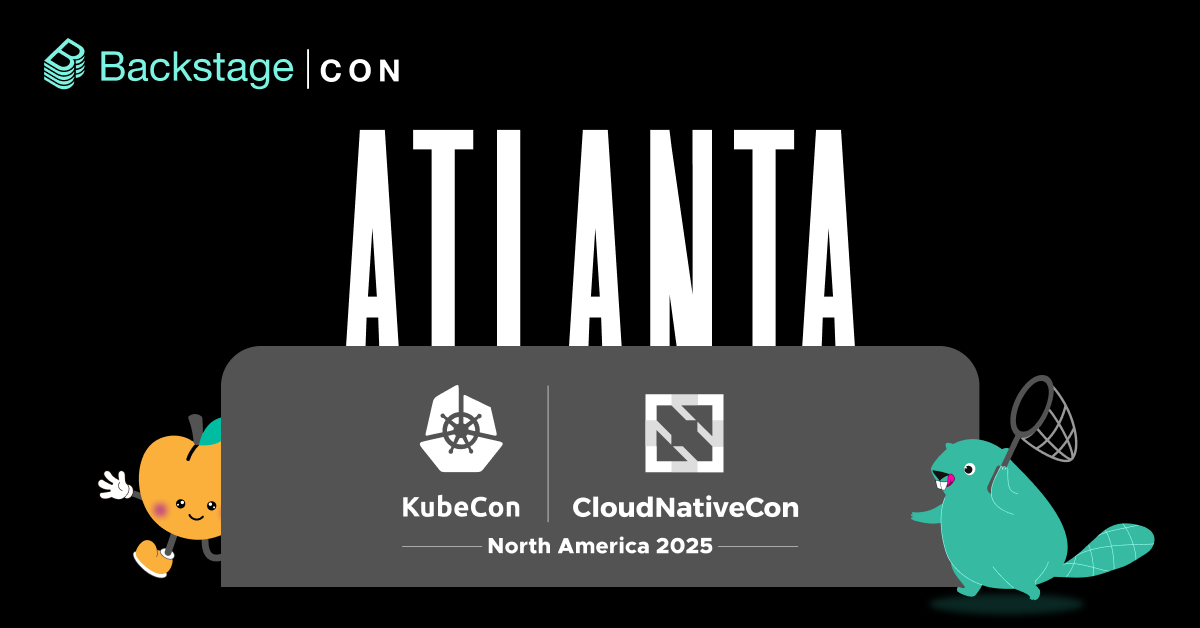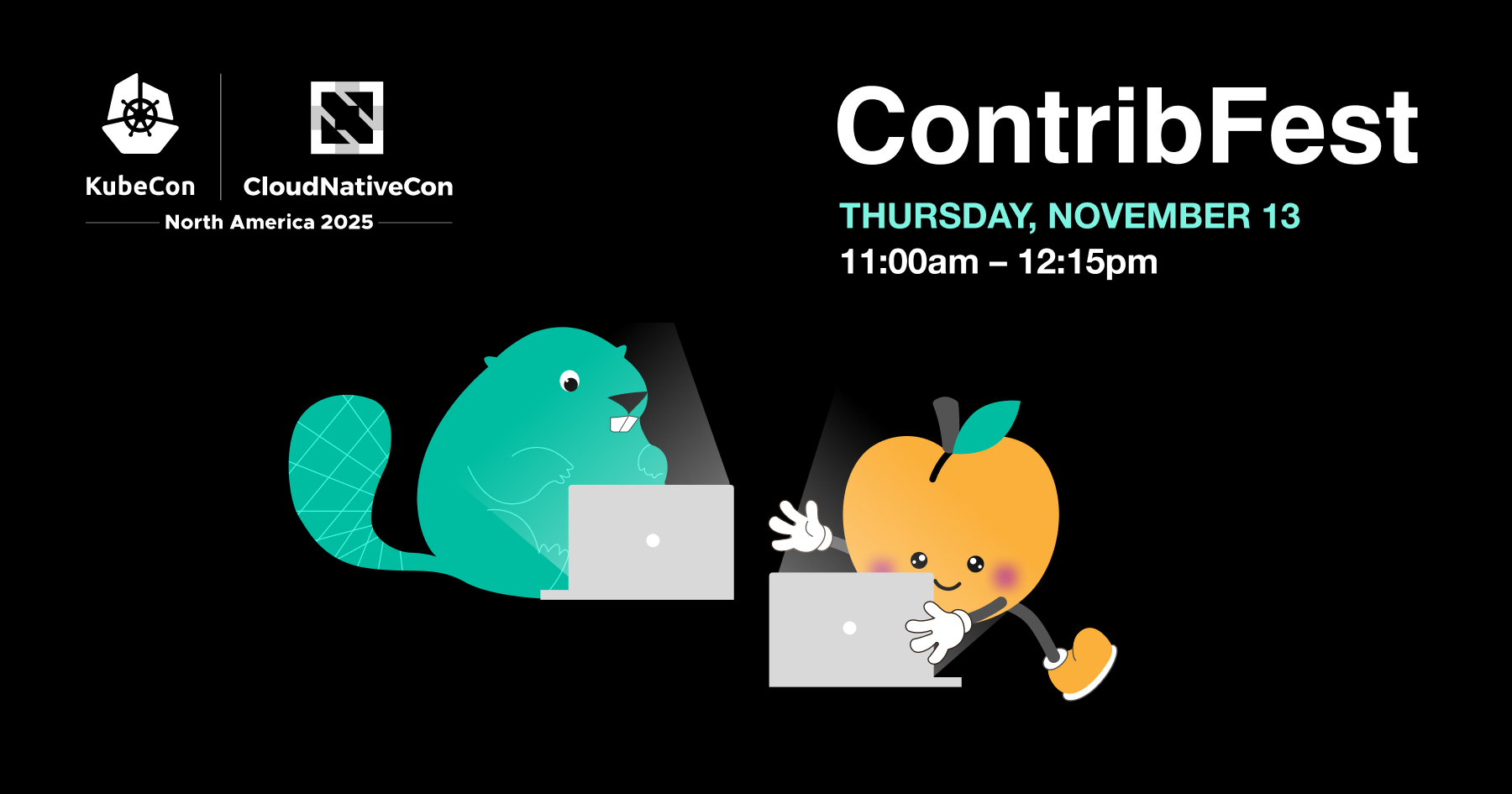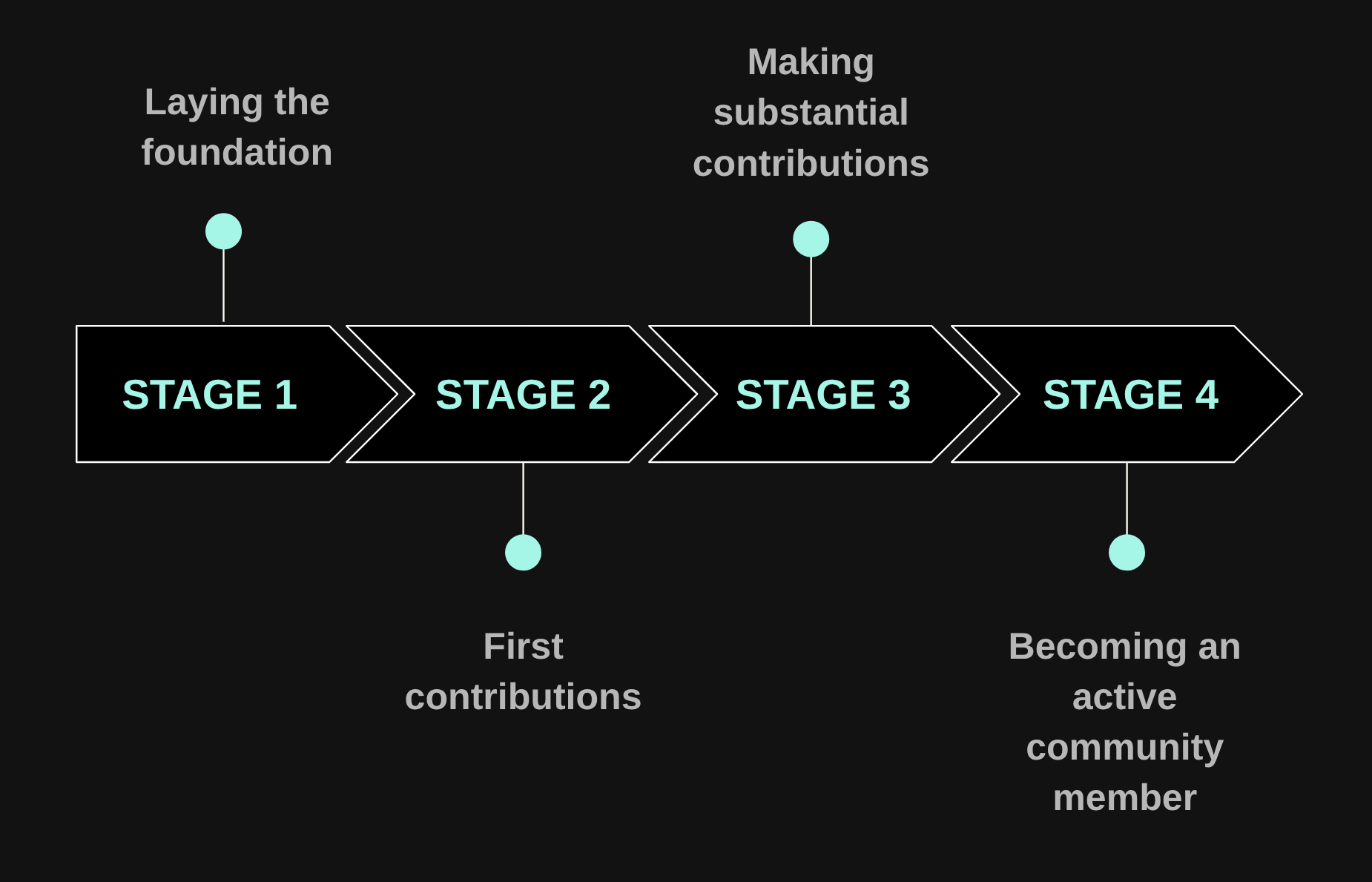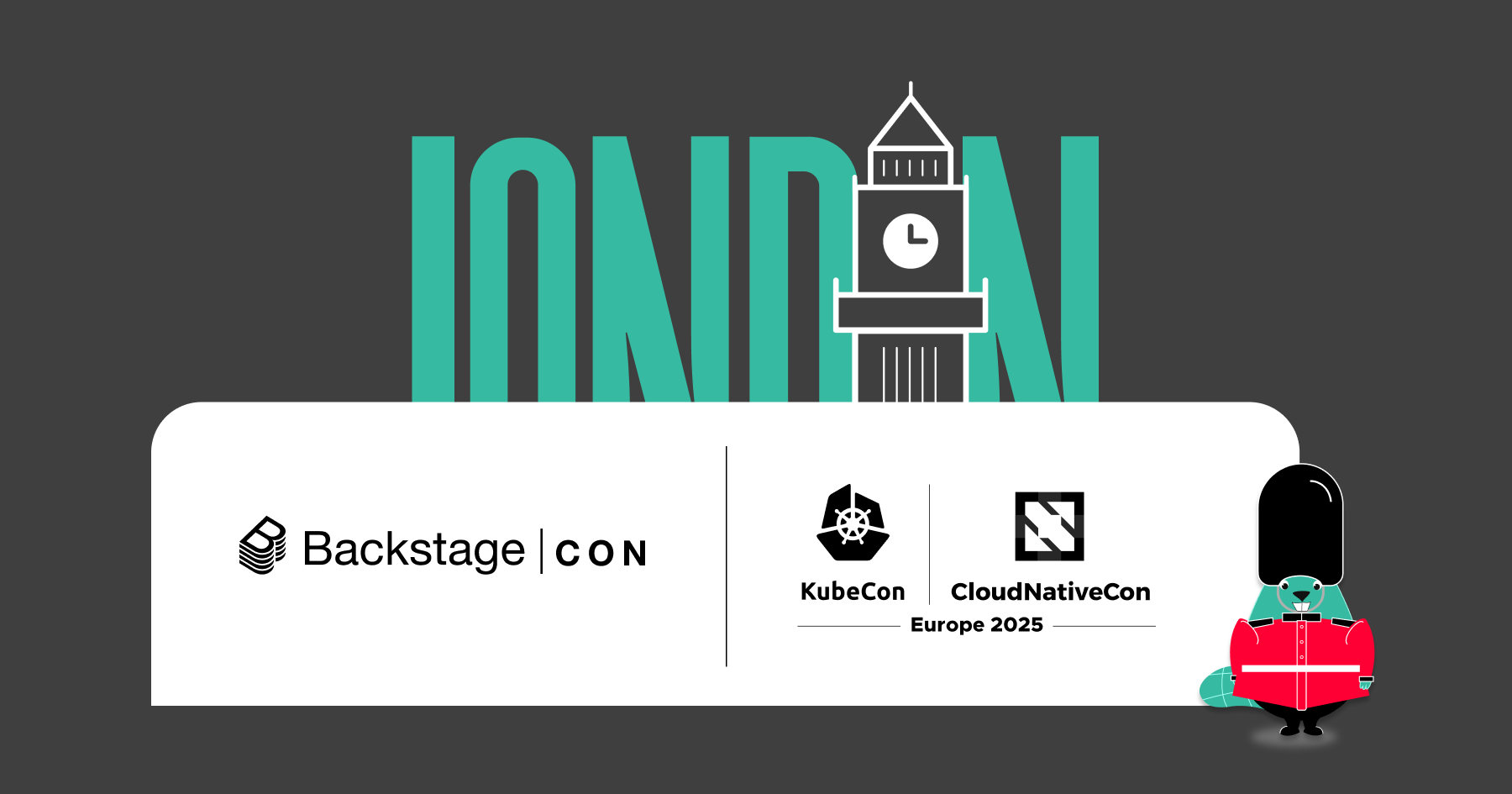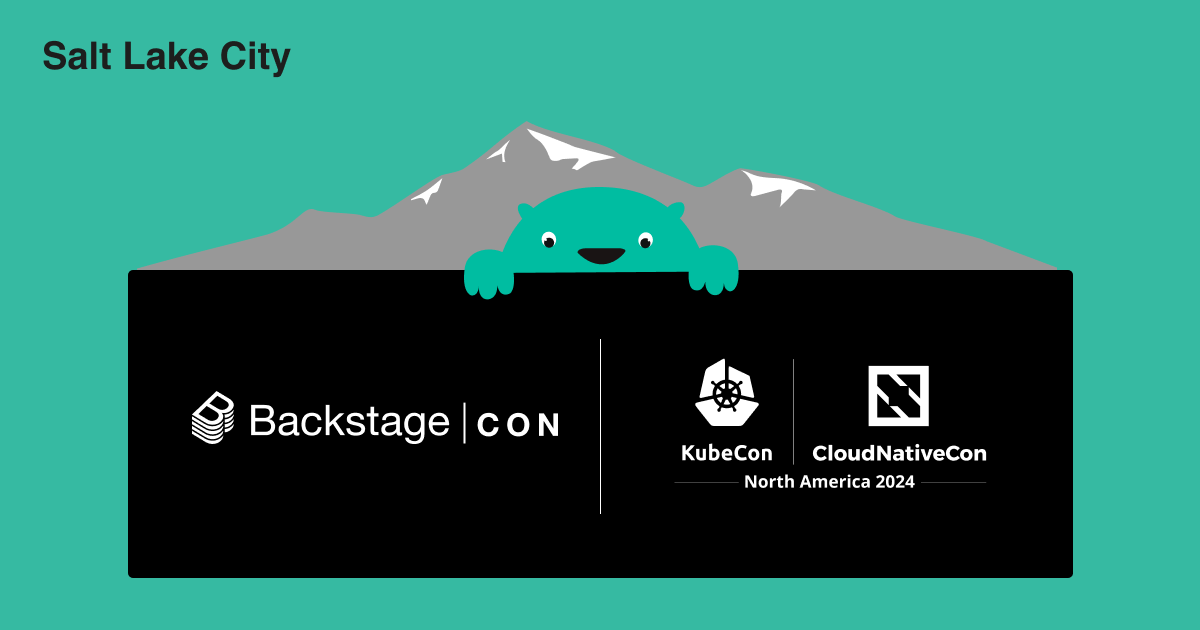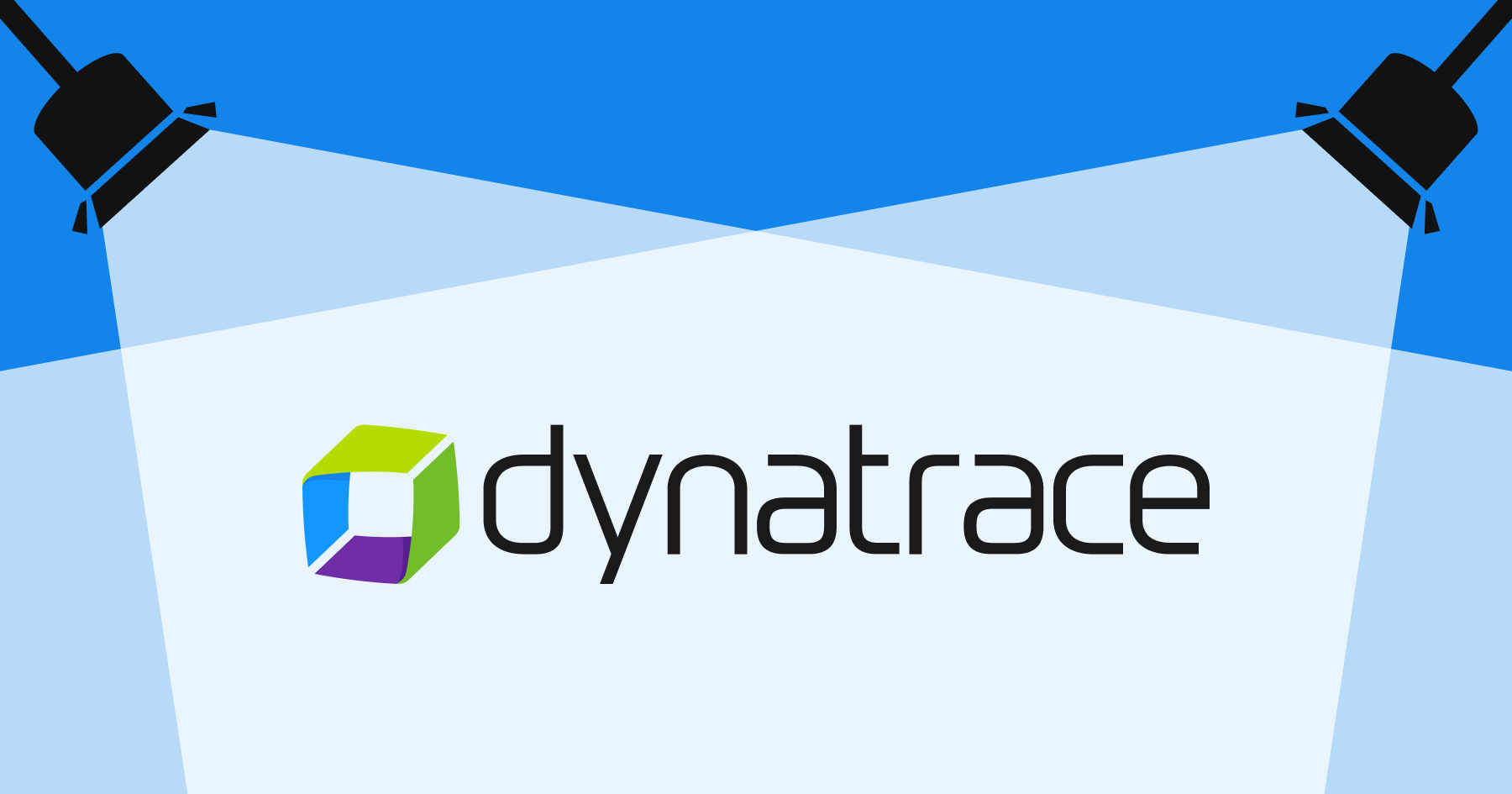Backstage Wrapped 2025: Celebrating a mature framework with modern foundations
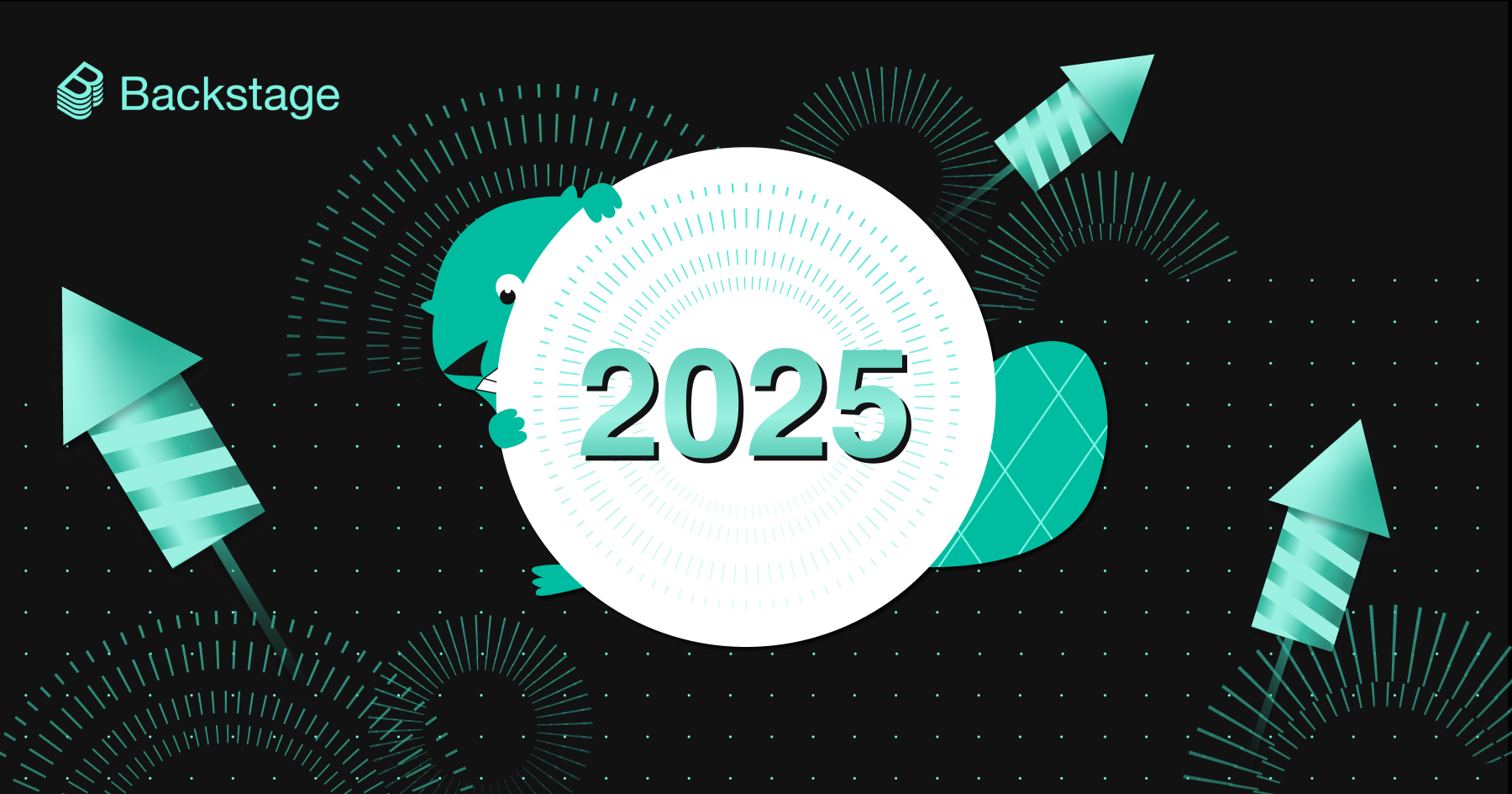
This year was another big one for Backstage and our worldwide community of adopters, contributors, and partners. Backstage turned five, the New Frontend System became adoption-ready, and your favorite platform for developer experience gained AI superpowers with the introduction of the Actions Registry and MCP server support. Let's blast into the New Year with a quick look back, along with a peek around the corner at what's coming next.
